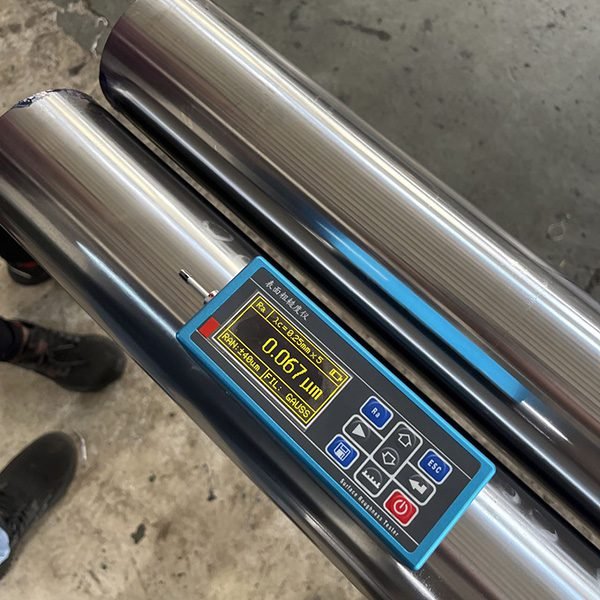Selecting the ideal hydraulic cylinder shaft is more critical than it might seem. The wrong choice can lead to frequent breakdowns, reduced efficiency, and even costly replacements. In this guide, I’ll walk you through everything you need to know about hydraulic cylinder shafts so you can make an informed decision.

Understanding Hydraulic Cylinder Shafts
What Is A Hydraulic Cylinder Shaft?
A hydraulic cylinder shaft, also known as a piston rod, is a key component that transmits force from the hydraulic cylinder to the equipment it operates. Its performance is essential for the efficient functioning of the system.
Key Components Of Hydraulic Cylinders
Hydraulic cylinders consist of:
- Cylinder Barrel — Houses the hydraulic fluid.
- Piston Rod — The shaft that moves back and forth.
- Seals And Bearings — Ensure smooth operation and prevent leaks.
Key Considerations For Selection
Application Requirements
Every application has unique requirements, such as load, pressure, and speed. The shaft must be robust enough to handle these factors without failure.
Load And Pressure Handling
High-pressure systems need stronger materials to avoid deformation. Similarly, applications with variable loads may require a shaft with enhanced fatigue resistance.
Environmental Factors
Does the shaft need to withstand corrosion, high temperatures, or extreme conditions? Environmental factors are key when choosing the right material and coating.
Material Options For Shafts
Here’s a breakdown of commonly used materials and their features:
| Material | Properties | Applications |
| Chrome-Plated Steel | High wear resistance, corrosion protection | General industrial use |
| Induction-Hardened Steel | Superior strength, long-lasting durability | Heavy-duty applications |
| Stainless Steel | Corrosion resistance, aesthetic appeal | Marine or food-grade environments |
Shaft Diameter And Length
Impact On Performance
The diameter and length of the shaft directly affect the hydraulic system’s load-bearing capacity and stroke length.
Optimizing Dimensions For Durability
- Measure the operational load and pressure.
- Choose a diameter that minimizes deflection.
- Ensure the length supports your equipment’s range of motion.
Coatings And Finishes
Protective Coatings
Coatings protect shafts from wear and corrosion. Popular options include:
- Hard Chrome Plating: Excellent for general wear resistance.
- Ceramic Coatings: Perfect for high-temperature applications.
Anti-Corrosive Finishes
For humid or marine environments, finishes like nickel plating or epoxy coatings are recommended.
Importance Of Precision Machining
Tolerances And Surface Smoothness
Precision machining ensures the shaft meets exact specifications. It also minimizes friction, which helps reduce wear and tear.
Common Manufacturing Techniques
- Grinding: Ensures smooth surfaces.
- Polishing: Improves aesthetic appeal and reduces micro-abrasions.
Cost Vs. Performance
Finding The Balance
Investing in a high-quality shaft upfront can save money in the long run by reducing maintenance and replacement costs.
Long-Term Cost Considerations
While premium materials cost more initially, their durability often makes them more economical over time.
Maintenance And Longevity
Regular Inspection Practices
Inspect shafts regularly for cracks, corrosion, and other signs of wear to prevent failures.
Recognizing Wear And Tear
Common signs include surface scratches, bending, or flaking coatings. Address these issues promptly to extend the shaft’s lifespan.
Steps To Select The Right Hydraulic Cylinder Shaft
Follow these steps to choose the best shaft for your application:
- Define Your Application Needs: Identify load, pressure, and environmental conditions.
- Choose The Material: Refer to the table above for material comparisons.
- Select The Coating: Pick a finish that matches your working environment.
- Optimize Dimensions: Calculate the ideal diameter and length.
- Verify Manufacturing Standards: Ensure the shaft meets industry standards and tolerances.
Conclusion
Choosing the right hydraulic cylinder shaft isn’t just about matching specifications—it’s about understanding the demands of your application. By focusing on materials, coatings, and dimensions, you can ensure your system operates efficiently and reliably for years to come.

